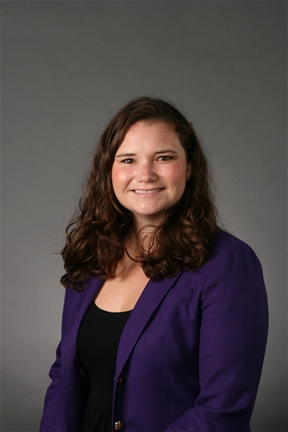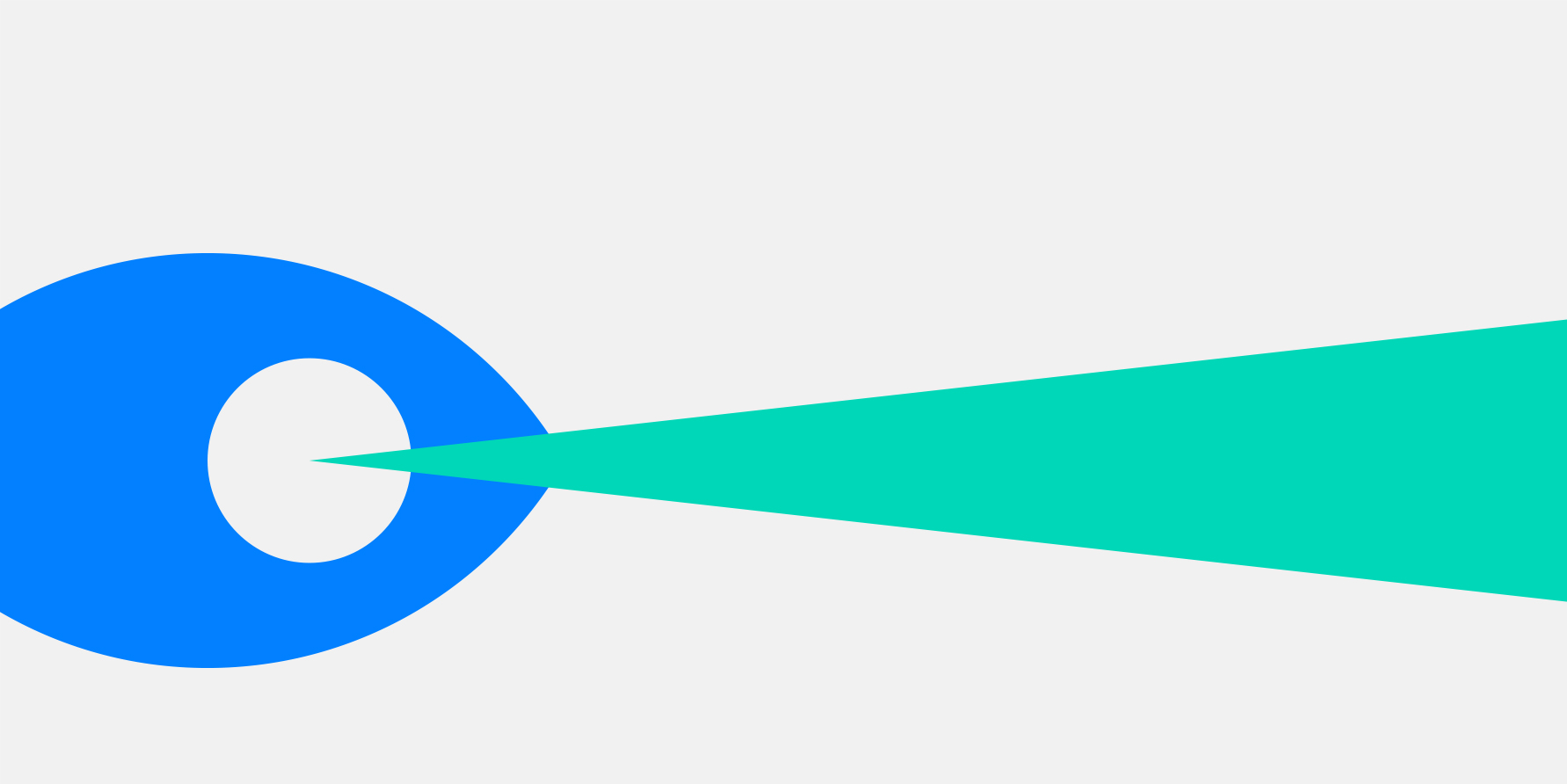Consumption has become an increasingly common go-to-market model as SaaS, shared services, professional services, and manufacturing move to a pay as you go model. This everything-as-a-service model, or Xaas, has existed for years. Consider utilities, for example—building owners pay for the services used, which can fluctuate depending on need.
Such consumption models have become a preferred revenue model for some SaaS firms and other digital products and services. Many companies are switching over to XaaS, according to Deloitte. To use the analogy of a homeowner, while someone paying a mortgage might appreciate a fall dip in their energy bill after a hot summer, the utility company has to cope with the ups and downs of usage, which can make planning tricky. That’s especially true, Deloitte notes, when a firm is switching from a more traditional revenue operations subscription model to consumption.
A Pacific Crest study in 2014 found that 37% of companies primarily charged based on users while 23% charged based on usage. Today, it looks like usage-based pricing is finally catching up. In the latest survey by OpenView Partners, 39% of companies charged based on usage.
Building a successful business based on a consumption model means nailing your consumption forecast. But forecasting consumption is not so easy to do.
What is Consumption Forecasting?
The consumption forecasting definition, sometimes referred to as usage forecasting, is the ability to forecast revenue that is gained through pay-as-you-go or run rate businesses, or how fast resources are used against a purchase order or contract.
The majority of companies forecast their revenue by account or opportunity, but consumption is increasingly favored by companies that want to recognize revenue from multiple models, or solely by usage of their products or services. Let’s consider the differences between opportunity or account-based forecasting, and consumption-based forecasting methodologies.
Opportunity or Account Forecasting
Opportunity or account-based revenue is realized through contracts that include a fixed amount for a product or service for a set period of time. For example, when you purchase a new phone with 256 GB of storage, you can add apps, music, and movies as long as you don’t exceed its capacity. Once you reach the limit, you have to delete items in order to add anything additional. The phone company realizes revenue when you purchase the phone, but cannot offer you more physical storage on the phone unless you upgrade to a model with more storage.
Consumption Forecasting
Consumption revenue is realized on a pay-as-you-go basis by usage. For example, if your phone had cloud storage, you could utilize an unlimited amount of data and would simply pay for the amount you are using. You can have 100 MB or 1,000 GB of data stored in the cloud—either way you’re only paying for what you use. This business will realize revenue every time you increase your usage of a product instead of just once, at the time of purchase.
B2B firms also employ a variety of usage based models. For example, at Amazon Web Services, customers pay only for the computing resources they require, and can increase or decrease their usage based on business requirements. Hubspot charges their users by the number of marketing contacts loaded into the site for targeting. MongoDB employs an open-source or freemium model, where customers can use their products for free below a certain amount of data storage, and then pricing scales from there.
Who Uses Consumption Forecasting Models?
The rise of cloud computing and subscription-based software businesses has made consumption forecasting a common model in the tech and manufacturing spaces. When you use Uber or Lyft, rent a movie from Amazon or Apple, or pay per transaction in financial services, you interact with a consumption model. B2B companies like SaaS, media, pharmaceuticals, and professional service companies increasingly bill based on usage.
While consumption forms the entire revenue stream for some companies, others use it for a particular product line while the rest of the business is run on opportunity forecasting. For example, your business could run off of ARR for 75% of their products, but 25% of the business might be a cloud subscription that’s billed based on monthly usage.
Why is Consumption Forecasting Important?
The ability of customers to vary their consumption, and therefore their fees paid, can make revenue predictability difficult. You can forecast to some extent based on historical trend data—how much cloud storage, for example, a client used last year, and your rep’s knowledge of their planned usage this year. But consumption can change quickly. If a client suffers a sudden setback and has to cut costs, they might cut cloud usage. Even reliable clients might see enough fluctuation over the course of a year that their consumption can wreak havoc on a sales forecast.
Managing consumption forecasting today requires a host of tools to track data, usage, and historic revenue trends. Teams employ spreadsheets, a data warehouse, a business intelligence tool, and dedicated analysts to compile and report out the data. This process done manually leads to stale, siloed data living in multiple systems, and makes it almost impossible to achieve sales forecast accuracy for usage based revenue models.
Consumption Forecasting with Clari
Clari has consistently provided our customers with the real time visibility, historic tracking, and predictive insights to achieve predictable revenue. Now, Clari has turned its powerful AI and forecasting tools to support consumption model forecasting—a new way to accurately forecast your usage-based business.
When your forecast is off, you can miss opportunities to invest in growth or undermine your credibility and investor confidence. An accurate forecast means predictable growth and increased shareholder confidence.
Consider a company that fully operates through a consumption revenue model. Clari allows them to track all of their accounts and the usage or run rates of their consumption. This revenue signal tracking allows customers to easily compare the usage or run rates against historical trends. Pinpointing opportunities and risks early is critical in order to take action to meet your sales plan.
Consumption Forecasting with Clari helps determine:
- How is consumption trending across your top accounts?
- Which accounts have a lower consumption than usual? What is driving that change?
- Where could you drive higher user or burn rate in your customer base?
- How are your account managers covering their territories?
Clari’s Consumption Forecasting allows you to review critical activity signals that drive increased and predictable consumption in your business. With Clari, you can see which accounts are close to hitting their ceiling / overages or those not meeting growth KPIs. Understanding where you stand within your business allows you to take advantage of opportunities and mitigate risks.
At Clari, we would be delighted to discuss how we can support the needs of your business around usage, consumption based revenue models, and forecasting. Request a demo today.
Learn more about the Future of Forecasting here.


